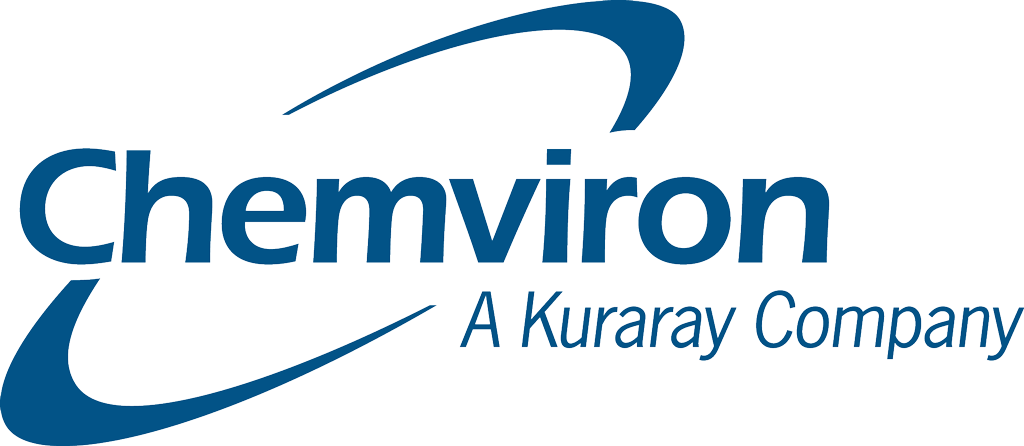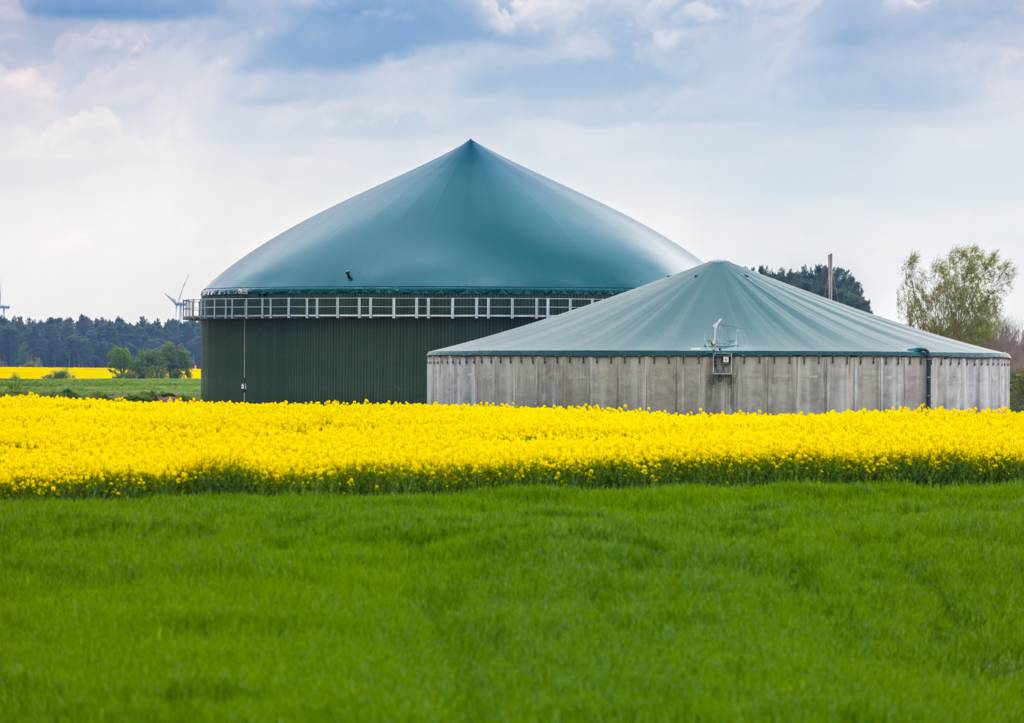Biogas is typically a mixture of gases including methane (CH4), carbon dioxide (CO2), hydrogen sulphide (H2S), volatile organic compounds (VOCs), and atmospheric gases such as nitrogen (N2), oxygen (O2), and water (H2O). The actual composition of the biogas may depend on the origin and nature of the waste or biomass feedstock being processed and on the actual performance of the digestion process.
However, to use biogas as a fuel source either through electricity generation or injection into the natural gas grid, it needs to be purified to very low threshold levels, to ensure that the biogas is of the appropriate purity. Therefore, processing steps are essential to upgrade raw biogas, allowing its use as a direct combustion fuel or renewable natural gas.
What are these Impurities?
Many contaminants, or impurities, can exist in Biogas or Biomethane streams.
Hydrogen sulphide (H2S), and any sulphur compounds, such as mercaptans, commonly arise from the degradation of sulfur-containing biomass feed. These compounds cause corrosion in engines and equipment, impacting downstream operations, so they are usually removed early in the biogas upgrading process.
Volatile organic compounds, or VOCs, typically come from household waste and are particularly common in landfill gas and some types of agricultural biogas. Their removal is necessary because they affect downstream processes.
Siloxanes in biogas are volatile organosilicon chemicals that typically come from waste from household products, such as detergents, shampoos, deodorants, toothpaste and cosmetics. These siloxanes contain a Si-O-Si linkage which when combusted, can generate silicon dioxide (SiO2). This deposits into engines and other components causing scaling and reduces their power efficiency, so requiring more frequent maintenance.
Ammonia can also be produced through biological degradation of nitrogenous containing biomass. However, Ammonia at high concentrations is considered as an inhibitor of methane production.
Formaldehyde may also form during incomplete combustion process of longer-chain organics.

What Impurities Can Be Removed with Activated Carbon?
Activated carbon effectively removes various contaminants from Biogas or Biomethane streams. However, for the most effective impurity removal, different carbon types are typically required, depending on whether the prime contaminant is an organic or inorganic impurity or compound.
Organic Impurities
Some typical organic impurities that activated carbon can effectively remove include VOCs and other pollutants:
| Alpha-pinene | Aromatic Compounds |
| Benzene | Carene |
| Cumene | Cymene |
| D3: Hexamethylcyclotrisiloxane | D4: Octamethylcyclotrisiloxane |
| D5: Decamethylcyclotrisiloxane | D6: Dodecamethylcyclotrisiloxane |
| Dodecane | Ketones? |
| L2 or MM or HDMS: Hexamethyldisiloxane | L3 or MDM: Octamethyltrisiloxane |
| L4 or MD2M: Decamethylterasiloxane | L5 or MD3M: Dodecamethylpentasiloxane |
| Limonene | Methyl ethyl ketone |
| Naphthalene | Oils |
| Pinene | Silanes |
| Siloxanes | Solvents |
| Terpenes | TMS Tetramethyl silane |
| Toluene | Trimethyl silanol |
Inorganic Impurities
For inorganic impurities, an impregnated activated carbon is typically used to provide the most effective removal. Such inorganic impurities are as follows:
| Ammonia | Hydrogen Sulphide (H2S) | Formaldehyde |
| Mercaptans | Sulphur Dioxide (SO2) | Sulphur compounds |
For other pollutants of a more specialised or inorganic nature, see our ‘’What are Air Pollutants’’ or our “What are Volatile Organic Compounds (VOC’s)” articles.
How can we help?
The most effective carbon to be used for treating a Biogas or Biomethane stream may depend on the nature of the gas to be treated, the plant operating process conditions, the particular impurities to be removed, and the required treatment objective to be met.
If this is required for a new treatment process, why not consider the use of a mobile carbon filter. These are activated carbon filters that can be both used on-site as a Biogas treatment vessel and then transported to and from the site, without the need for any on-site carbon exchange.
If you need help with the choice of activated carbon, the support of our mobile carbon filter service or just some further advice, please contact us.

